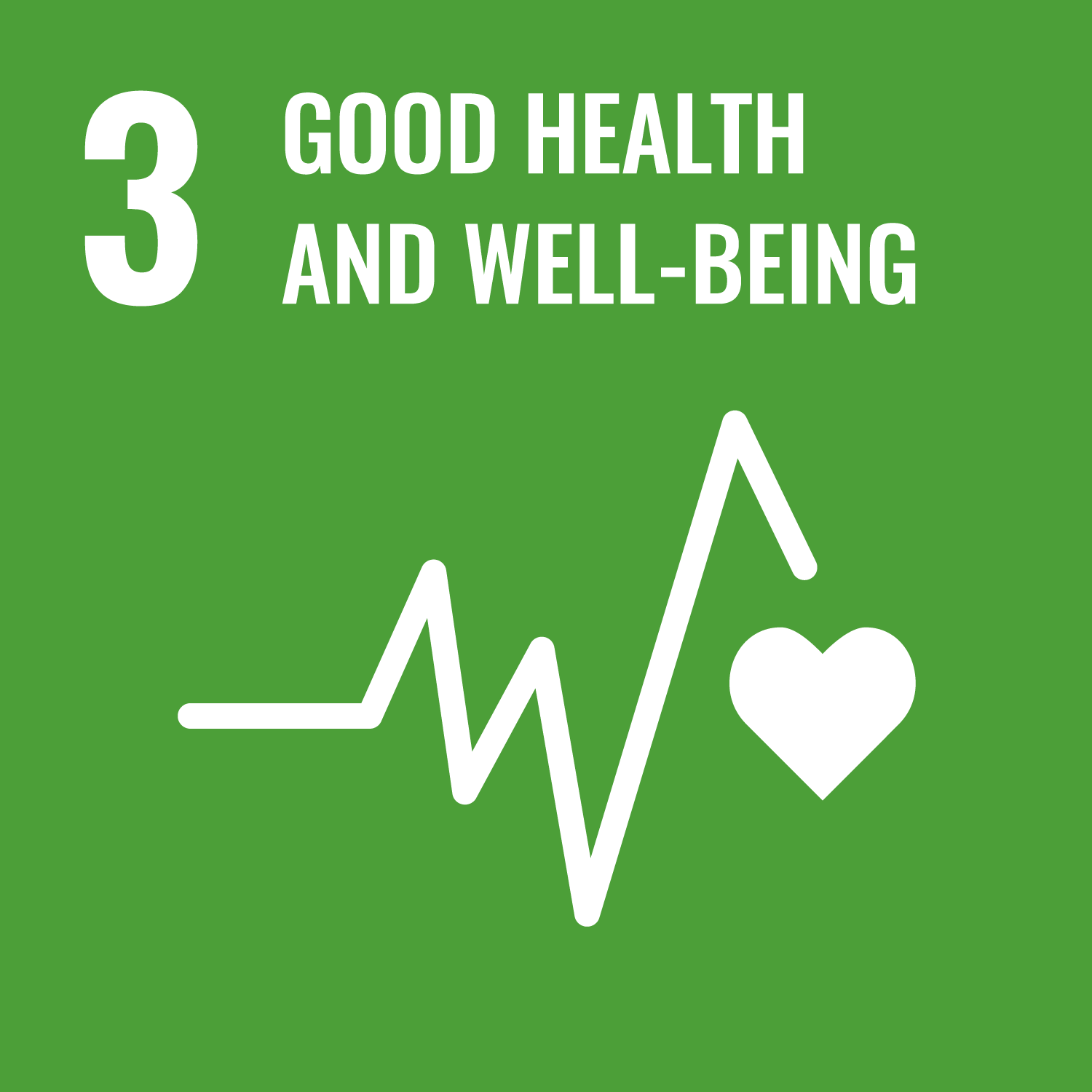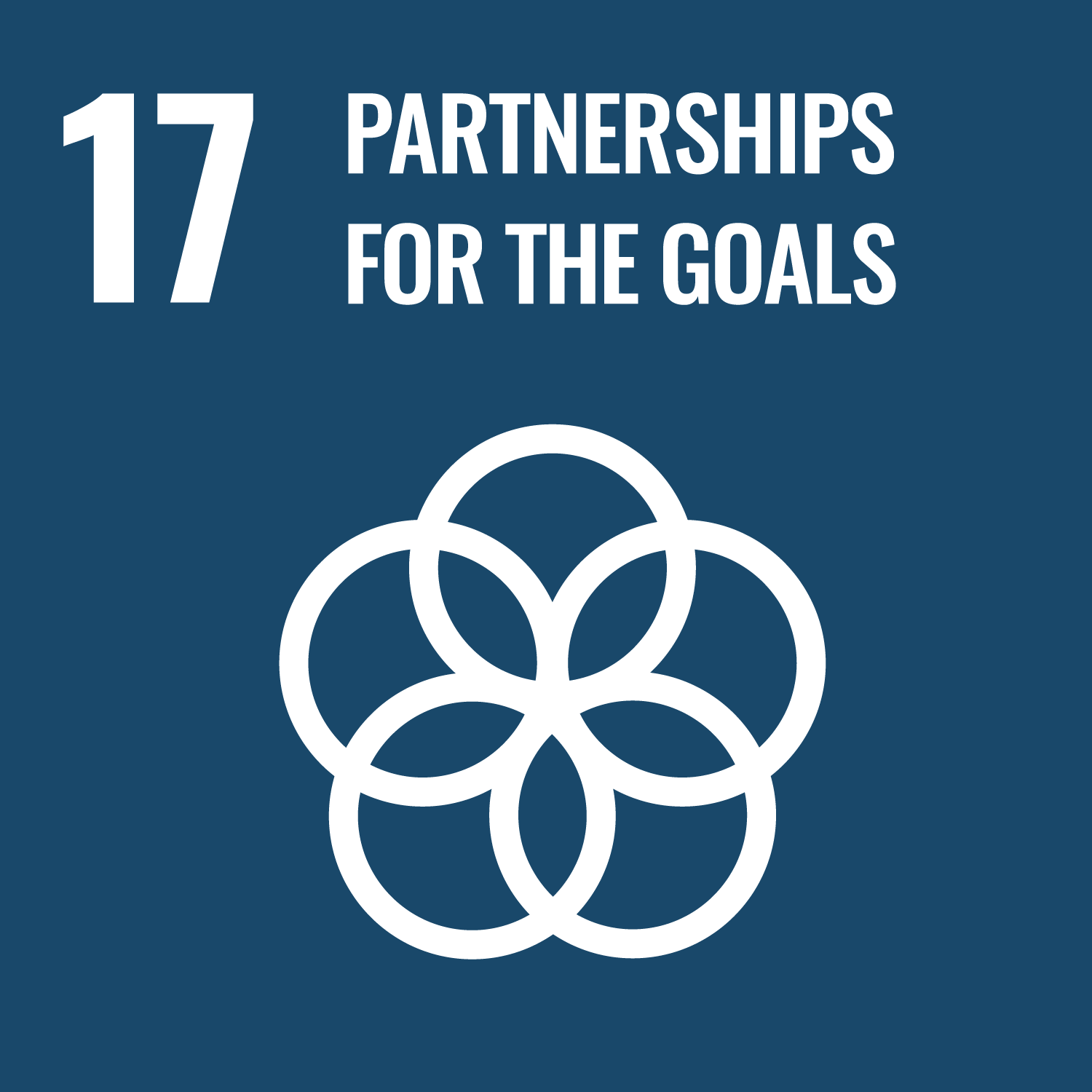ORCID
- Richard C. Thompson: 0000-0003-2262-6621
Abstract
The accumulation of plastic litter in natural environments is a global issue. Concerns over potential negative impacts on the economy, wildlife, and human health provide strong incentives for improving the sustainable use of plastics. Despite the many voices raised on the issue, we lack a consensus on how to define and categorize plastic debris. This is evident for microplastics, where inconsistent size classes are used and where the materials to be included are under debate. While this is inherent in an emerging research field, an ambiguous terminology results in confusion and miscommunication that may compromise progress in research and mitigation measures. Therefore, we need to be explicit on what exactly we consider plastic debris. Thus, we critically discuss the advantages and disadvantages of a unified terminology, propose a definition and categorization framework, and highlight areas of uncertainty. Going beyond size classes, our framework includes physicochemical properties (polymer composition, solid state, solubility) as defining criteria and size, shape, color, and origin as classifiers for categorization. Acknowledging the rapid evolution of our knowledge on plastic pollution, our framework will promote consensus building within the scientific and regulatory community based on a solid scientific foundation.
DOI Link
Publication Date
2019-02-05
Publication Title
Environmental Science & Technology
Volume
53
Issue
3
ISSN
0013-936X
Acceptance Date
2019-01-01
Embargo Period
2024-01-04
First Page
1039
Last Page
1047
Recommended Citation
Hartmann, N., Hüffer, T., Thompson, R., Hassellöv, M., Verschoor, A., Daugaard, A., Rist, S., Karlsson, T., Brennholt, N., Cole, M., Herrling, M., Hess, M., Ivleva, N., Lusher, A., & Wagner, M. (2019) 'Are We Speaking the Same Language? Recommendations for a Definition and Categorization Framework for Plastic Debris', Environmental Science & Technology, 53(3), pp. 1039-1047. Available at: 10.1021/acs.est.8b05297




